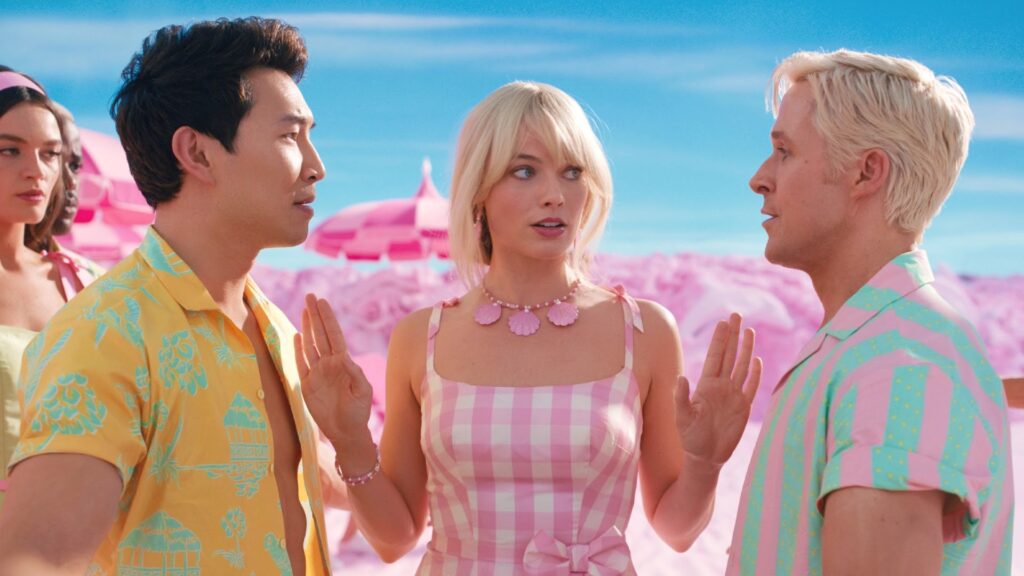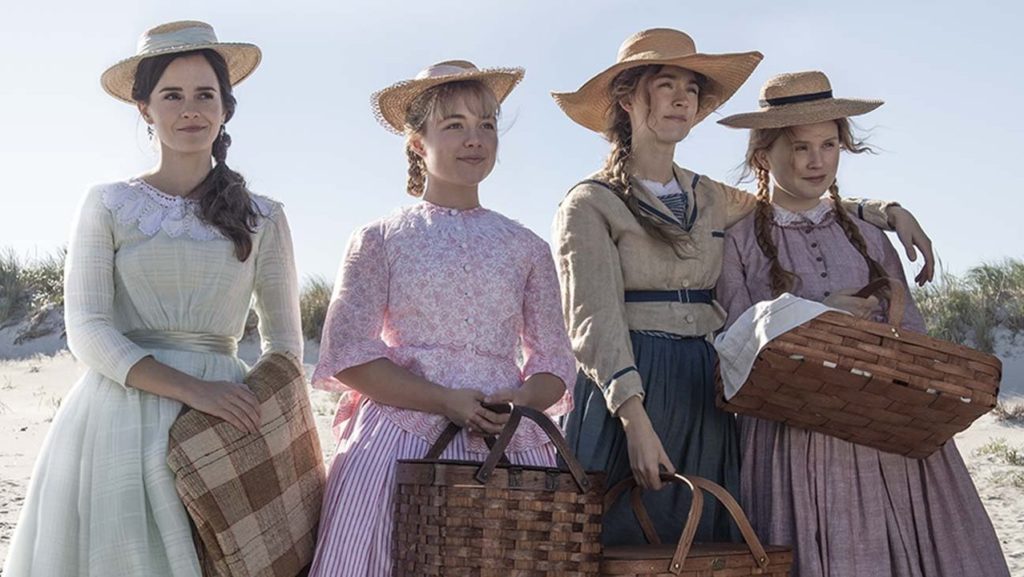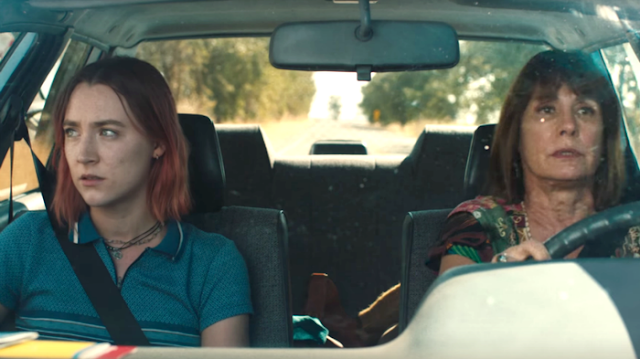Barbie: Once in a Keneration

Greta Gerwig likes a challenge. After her smashing debut of Lady Bird, which revitalized the hoary coming-of-age picture (and which this critic deemed one of the best movies of the prior decade), she pivoted to Little Women, a story that’s been adapted so many times, it was hard to imagine anyone breathing new life into it. Yet by leveraging her own ingenuity and craft (not to mention Saoirse Ronan’s eyes), she succeeded, transforming a well-trod literary classic into an urgently modern depiction of female fraternity. Now she turns to Barbie, which presents an even greater adaptive difficulty. After all, here is a live-action summer blockbuster that is based—as its cheeky, 2001-referencing cold open freely acknowledges—on a fucking doll.
Barbie is my least favorite of Gerwig’s three features as a (solo) director to date. But to judge her latest effort purely against the magnificence of her prior accomplishments would be, to quote a blond icon from a different generation, way harsh. If she hasn’t maintained her own level of excellence, she has nevertheless demolished any reasonable set of expectations for what a Mattel-inspired movie could be. Barbie is a fleet and entertaining romp—a gorgeously designed film that buzzes with energy and wit, even as it also makes room for some genuine ideas. Read More


